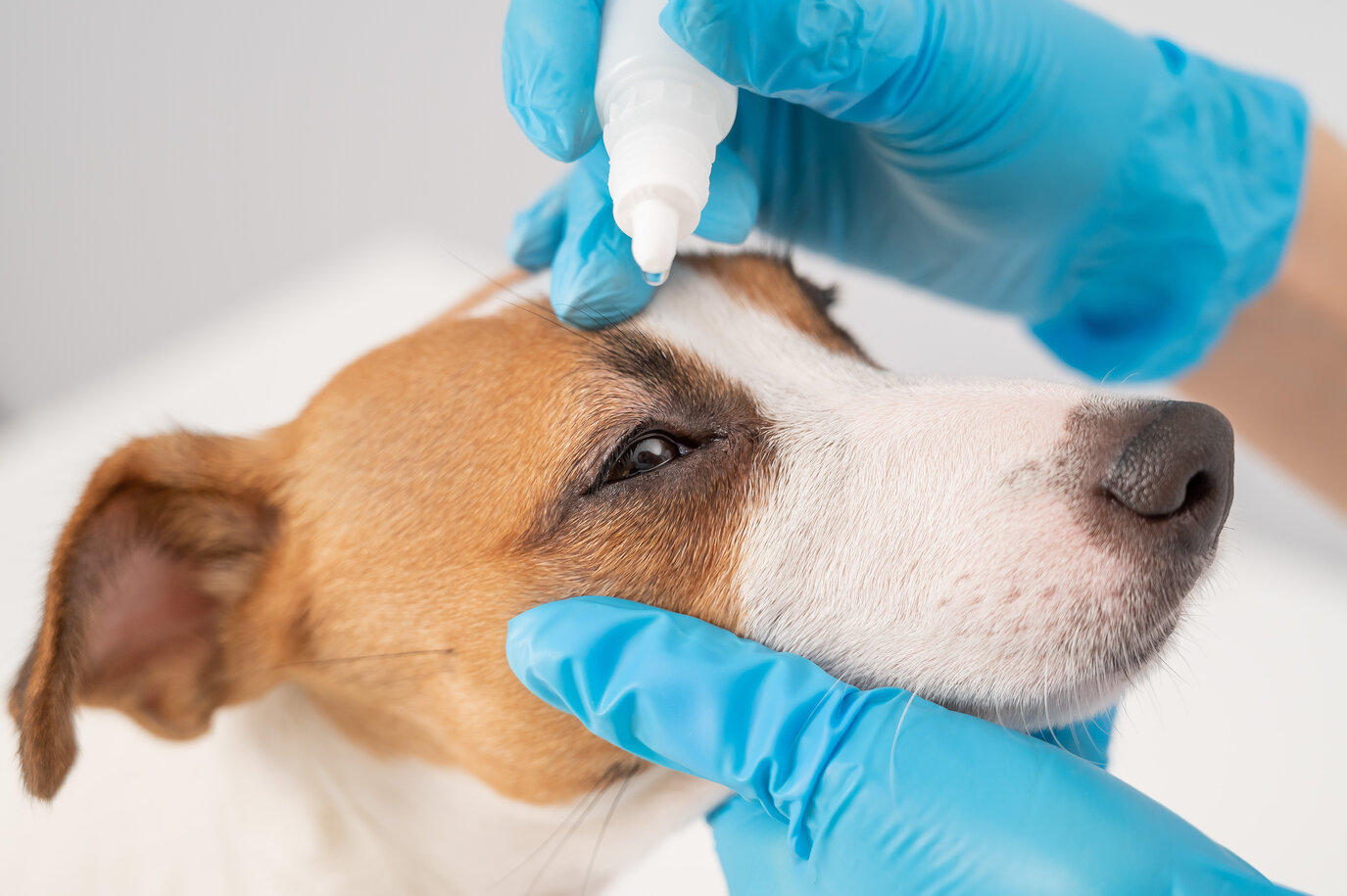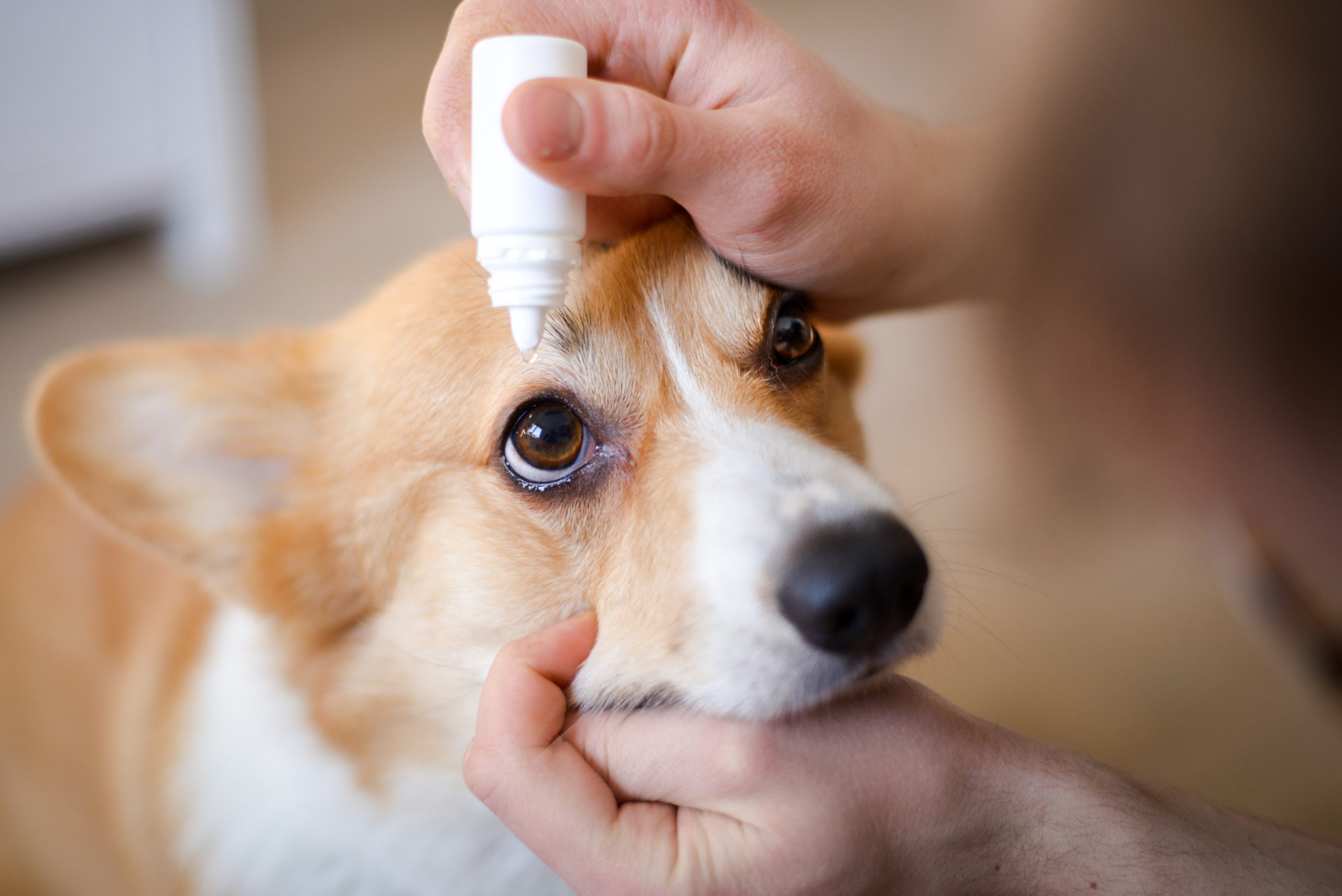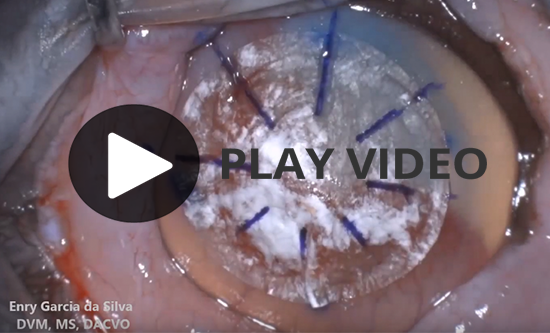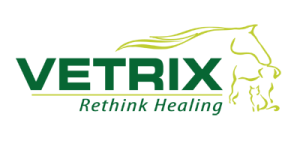Deep melting corneal ulcers in dogs can present a rapid and devastating progression of ocular disease, often threatening the structural integrity of the eye and leading to potential vision loss or enucleation. Traditional repair methods, while effective, can involve significant tissue manipulation or lengthy healing periods. However, a 2025 study by Lengellé and colleagues highlights a promising advancement in the use of freeze-dried amniotic membrane (FD-AM) for surgical repair of these severe corneal injuries .
A Breakthrough in Canine Ophthalmic Surgery
The study examined 20 eyes from 15 dogs and 5 cats, all suffering from deep melting corneal ulcers that compromised at least 50% of stromal depth. These ulcers were surgically treated using Vetrix freeze-dried amniotic membrane grafts, known for their biocompatibility, structural support, and anti-inflammatory properties.
Importantly, the FD-AM used in this study was prehydrated and sutured directly to the corneal defect. In cases with significant stromal loss, multiple layers were applied to restore the corneal contour. To protect the graft and support healing, a conjunctival pedicle flap was also used in every case.
Impressive Clinical Outcomes
The clinical results were remarkable:
-
90% success rate, with 18 of 20 eyes achieving successful structural and functional healing.
-
The two cases that were not visual had suffered from preexisting KCS.
-
The majority of dogs regained good visual function and showed minimal to no corneal scarring.
Furthermore, no complications associated with the FD-AM itself were reported. These findings demonstrate that freeze-dried amniotic membrane is not only effective but also a safe and readily available grafting option for urgent corneal reconstruction.
Why Freeze-Dried Amniotic Membrane Matters
FD-AM offers several advantages over fresh or cryopreserved alternatives:
-
Long shelf life without the need for freezing or refrigeration.
-
Easy storage and handling, allowing immediate use in emergency ocular surgeries.
-
Biological activity retained through specialized processing, promoting natural cell regeneration and reducing inflammation.
For veterinarians managing corneal ulcers in dogs—particularly those that are rapidly progressing or associated with matrix metalloproteinase activity—FD-AM provides a versatile solution that can be integrated into general or specialty ophthalmic practice.
The Role of Vetrix in Advancing Eye Care
At Vetrix, we are committed to bringing regenerative solutions to veterinary surgery. Our freeze-dried amniotic membrane products are engineered to meet the high demands of surgical reliability and biological compatibility. This study further supports the value of FD-AM in improving outcomes for canine patients facing serious ocular threats.
As the field of veterinary ophthalmology evolves, incorporating biologic scaffolds like FD-AM into routine practice not only enhances healing but may also prevent permanent vision loss—aligning with our mission to improve animal health through innovation.

 Keratoconjunctivitis sicca (KCS), often referred to as dry eye, is inflammation of the cornea and surrounding tissues due to inadequate production of tears. Tears are necessary to lubricate the cornea and remove debris or any infectious agents that come in contact with the eye. The tear film is a mixture of mucus, fatty liquid, and water.
Keratoconjunctivitis sicca (KCS), often referred to as dry eye, is inflammation of the cornea and surrounding tissues due to inadequate production of tears. Tears are necessary to lubricate the cornea and remove debris or any infectious agents that come in contact with the eye. The tear film is a mixture of mucus, fatty liquid, and water.

